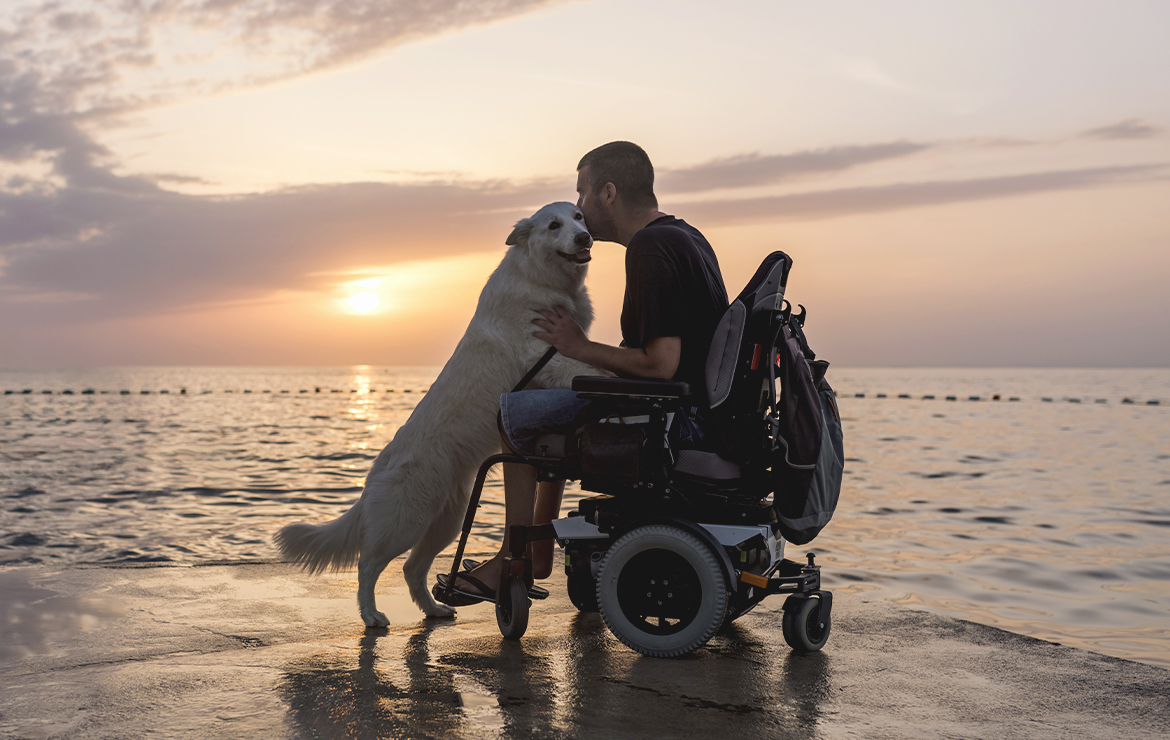The Impact of Vaping and Chemical Stimulant Addiction on Injured Workers’ Recovery

In recent years, the rise of vaping and the use of chemical stimulants, such as caffeine and energy drinks, has become a growing concern in the healthcare industry, particularly in the context of workplace injuries. For injured workers, addiction to these substances can significantly affect their recovery process, posing challenges for medical professionals, nurse case managers, and claims adjusters alike. Let’s explore the adverse effects of vaping and stimulant addiction on the healing process of injured workers. We’ll discuss the extra medical care they may need and outline the actions claims professionals can take to tackle these challenges effectively.
How Vaping Affects Injury Recovery
Vaping, often seen as a safer alternative to smoking, still poses numerous risks that can delay or impair the healing process of injured workers. Nicotine, the primary substance in most vaping products, is a vasoconstrictor, meaning it narrows the blood vessels. This reduced blood flow limits oxygen and nutrient delivery to injured tissues, particularly affecting wound healing, bone recovery, and muscle repair.
Specific Effects of Vaping on Injury Recovery:
- Delayed Wound Healing: Nicotine reduces the oxygen supply to tissues, which can result in slower wound healing and increased infection risk.
- Weakened Bone Healing: For workers with fractures or orthopedic injuries, vaping can slow the rate of bone regrowth and recovery, increasing the risk of complications or requiring extended recovery periods.
- Increased Inflammation: The chemicals in vaping products can trigger inflammatory responses, exacerbating pain and swelling in injured areas.
- Respiratory Complications: Workers recovering from surgery, particularly those involving general anesthesia, are at greater risk of respiratory complications if they vape, as the lungs are more susceptible to inflammation and irritation from chemicals.
The Role of Chemical Stimulants (Caffeine, Energy Drinks) in Recovery
Many injured workers rely on stimulants like caffeine or energy drinks to cope with fatigue, pain, or discomfort. While these stimulants offer temporary relief, they can negatively impact the recovery process in several ways. Caffeine and energy drinks often contain high sugar levels and other additives that can interfere with sleep, hydration, and cardiovascular health—key factors in injury recovery.
Specific Effects of Stimulants on Injury Recovery:
- Dehydration: Caffeine and energy drinks act as diuretics, increasing fluid loss and dehydration. Dehydration can slow healing and reduce overall recovery potential, especially for those with muscle injuries or surgeries.
- Sleep Disruption: Rest is essential for healing, and excessive stimulant consumption can interfere with sleep patterns. Poor sleep affects tissue repair, mental health, and the body’s immune response.
- Elevated Heart Rate and Blood Pressure: Stimulants increase heart rate and blood pressure, placing additional strain on the cardiovascular system. For injured workers, this can exacerbate pain and inflammation and complicate pre-existing conditions like hypertension.
|
MTI NEWS
MTI Announces Frank Radack as Chief Executive Officer
MTI America, a leading provider of ancillary services to injured workers, is pleased to announce the appointment of Frank Radack as its Chief Executive Officer.
With a proven track record of success in the insurance, workers compensation and healthcare space, Frank Radack brings a wealth of experience along with strategic and industry leadership to MTI America.
Read More >>

Experts Stress Importance of Tailored Power Chairs for Injured Workers
Power chairs are essential mobility devices for many individuals with work-related injuries or disabilities, especially those who experience long-term mobility impairments. For workers’ compensation adjusters, case managers, and clinical specialists, understanding the nuances of power chairs—from types and features to proper selection criteria—is critical in addressing the unique needs of injured workers. By selecting the right power chair, injured workers can improve their mobility and quality of life, which is essential for possible return-to-work outcomes.
Read More >>
Sign Up for CE Webinar Alerts >>
EVENTS
|



















